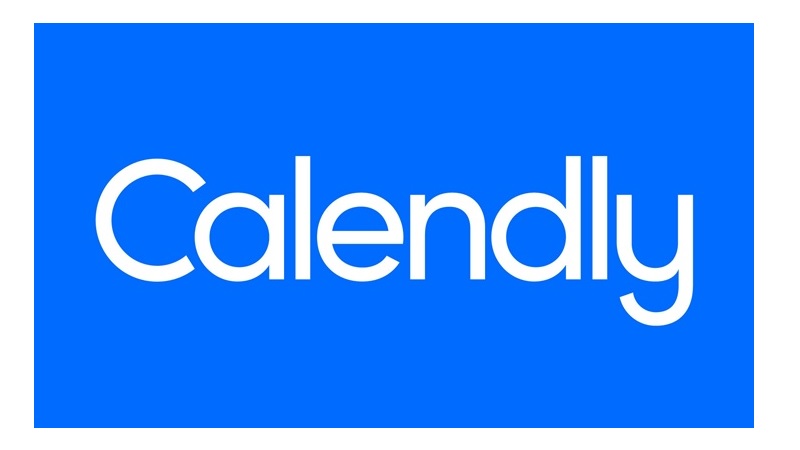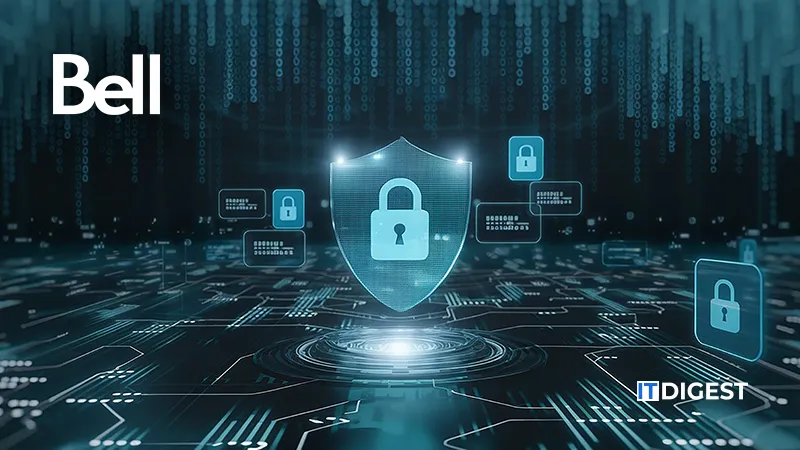WiMi Hologram Cloud Inc. is working on a blockchain privacy protection system based on post-quantum threshold algorithms, indicating its determination to create a more secure and efficient blockchain system. The system addresses the fundamental flaw of existing blockchain encryption namely, that conventional asymmetric encryption algorithms like RSA and ECC depend on math-based problems for which quantum computers can possibly overwhelm in the near future. By combining post-quantum cryptographic primitives (like lattice-based forms, hash functions and multilinear maps) with threshold key sharing technology (in which a private key is divided among several participants and reassembled only if enough of them collaborate), WiMi hopes to keep data secure in a quantum age, while also improving fault tolerance and decentralisation. The approach promises distributed key management, high-grained access control, dynamic scalability, decentralised application and smart contract support, and better efficiency in environments with high concurrency thus solving both the scalability challenge and security challenge facing blockchain architecture. In the future, WiMi identifies this direction as a main research direction and development trend for blockchain systems amidst future quantum computing advancements. The news highlights the firm’s strategic shift from its core holographic AR activity into more intensive cryptographic and blockchain infrastructure work.
Also Read: Tellius Unveils Agent Mode: A Leap Toward Autonomous AI-Driven Analytics
Established as a hologram cloud and AR technical solutions company, WiMi is riding its technology strength into blockchain security innovation. By combining post-quantum cryptography with threshold key sharing, WiMi is addressing not only the encryption algorithm threats presented by quantum computers but also feasibility of deployment issues like key management, resistance to malicious nodes and scalability in distributed systems. The effort would help support protection of privacy, encourage secure data exchange and propel greater use of blockchain particularly in situations where sensitive transactions require quantum-resistant security and decentralized trust.
































